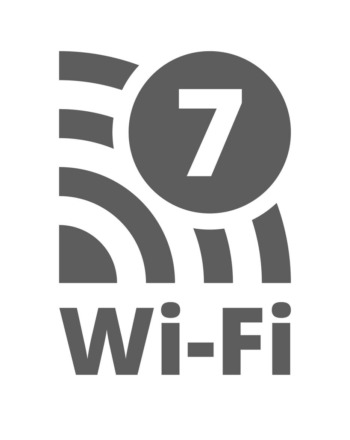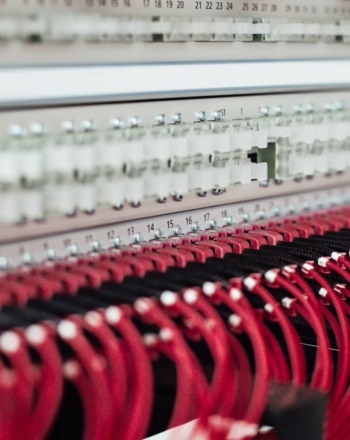Telecommunications is an industry that is constantly evolving. One of the biggest transformations is the global migration from copper to fibre broadband. This transition provides faster internet connections that are more reliable.
Fibre connections are revolutionising the way that companies do business. As fibre optic network infrastructures develop further, more developments will continue to be seen.
Will Copper Switch-Off Affect Businesses?
The phasing out of copper is known as the copper retirement or the copper switch out. It’s a gradual movement from the traditional broadband infrastructure that is based with copper. Upgrading to fibre optics provides substantial improvements, and telecom companies are working to provide it to their customers. While they upgrade to copper, businesses are adapting to the new services provided.
Many businesses use copper-based connections in their daily tasks. So, they will notice a significant impact during the switch off. As the copper system deteriorates, internet speeds may reduce. This impacts reliability and may even cause service disruptions. As a result, companies that aren’t looking ahead to a fibre optic future may lose revenue.
Changing From Copper To Fibre Broadband:
Accepting fibre broadband technology is a big step for businesses who want to succeed in the digital age. The technologies differ significantly in how they work, and an understanding of their mechanics is important.
Copper cables operate by transmitting electrical signals that move data. However, fibre optic technology uses light. This results in faster data transfer rates as well as higher bandwidth. Customers can enjoy quicker downloads and smoother media playback. Overall, the internet is more efficient and productive.
Fibre Optic Options
There are several options available for businesses making the move to fibre optics. One choice they have is Fibre-to-the-Home (FTTH). This is best suited for remote workers in a home office. It would also be appropriate for small businesses.
Fibre-to-the-Business
When transitioning to fibre, businesses have several options to consider. They can opt for Fibre-to-the-Home (FTTH) or Fibre-to-the-Business (FTTB) depending on their specific needs. FTTH is suitable for smaller businesses or remote workers, offering high-speed connections directly to individual locations. It offers a high level of scalability and often the fastest speeds.
On the other hand, FTTB directly goes to a business or office building. While it is also scalable, it’s normally used with a larger number of people. The costs associated with FTTB are normally higher due to the larger number of people using the networks. However, these service plans normally include upgraded service options.
How to Avoid Disruption
Strategically planning your switchover from copper to fibre helps to make the process smoother. These steps can help you be ahead of the curve and properly migrate your business while avoiding disruptions.:
1.Early Assessment: A business should get a clear picture of the current level of reliance on copper infrastructure. After this evaluation, they will be able to understand the scale that the transition requires. It will also help to make a good roadmap for upgrading.
2. Find a reliable ISP: A top quality ISP makes the entire process from day one to finish a success. Using one that has mass experience with fibre upgrades means that they can provide valuable insights and a better migration process.
3. Implement Redundancy: Using a redundancy solution helps to smooth over an overlap between service periods to help provide a seamless transition.
4. Staff Training: Training current staff with the new technology makes it easier to secure data and keep teams productive. Answering any questions, the team has, and compiling training will also be good for future employee trainings.
5. Network Security: Implementing the right network security solutions safeguards your company’s best interests. Installing the right security protocols and networks is essential to prevent cyber-attacks.
Upgrade Now With Glide Business Fibre:
Glide business fibre works with your business one on one to effectively transition from copper to fibre broadband. We create tailored solutions for businesses of all sizes. Our experts are industry leaders in fibre optic installation and management. Glide ensures reliable and high-speed internet connections. Ask us today about our service plans for home and office-based businesses.
Moving from copper to fibre optic broadband is a major milestone for telecommunications. The speed and reliability make it the next generation of internet service. Businesses who embrace this change remain on the forefront of digital horizons. They are better able to serve their customers and their teams improve in efficiency.






































































































